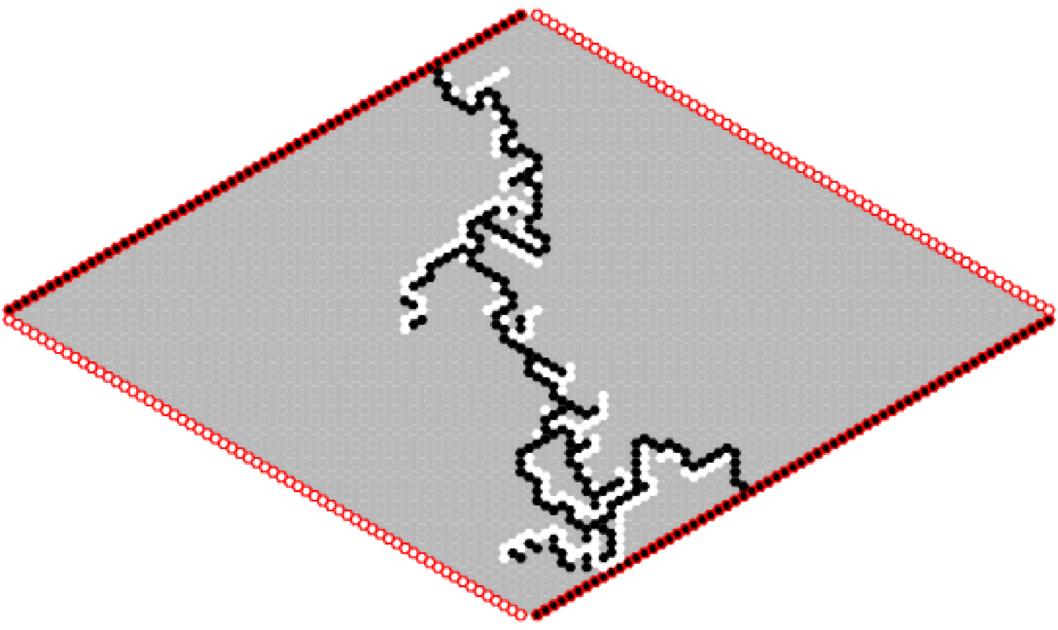One of the weakest estimates conjectured to hold for critical planar percolation models (and proved in many cases) is the so-called RSW estimate. RSW estimate is the statement that the probability of the existence of a crossing between the two opposite short sides of an $N\times 3N$ rectangle is bounded away from $0$ and $1$ as $N\to\infty$.
The RSW estimate was originally proved for bond percolation on the square lattice by Russo, Seymour, and Welsh, relying on the fact that this lattice is self-dual. The same self-duality argument applies to site percolation on the triangular lattice. Since the original work, RSW estimate has been proven for many other critical planar percolation models.
What is (currently) the most general setting in which RSW estimate is known for critical planar percolation?
(Of course, there may be no single result which encompasses all others, so the optimal answer may include a list of results).
As a side question (which may be answered at the same time as the main question) is: is there any model for critical planar percolation where RSW estimates are known but where the critical probability is not known?
 (image credit: Random-Turn Hex and Other Selection Games by Yuval Peres, Oded Schramm, Scott Sheffield, and David B. Wilson, from http://arxiv.org/abs/math/0508580)
(image credit: Random-Turn Hex and Other Selection Games by Yuval Peres, Oded Schramm, Scott Sheffield, and David B. Wilson, from http://arxiv.org/abs/math/0508580)
